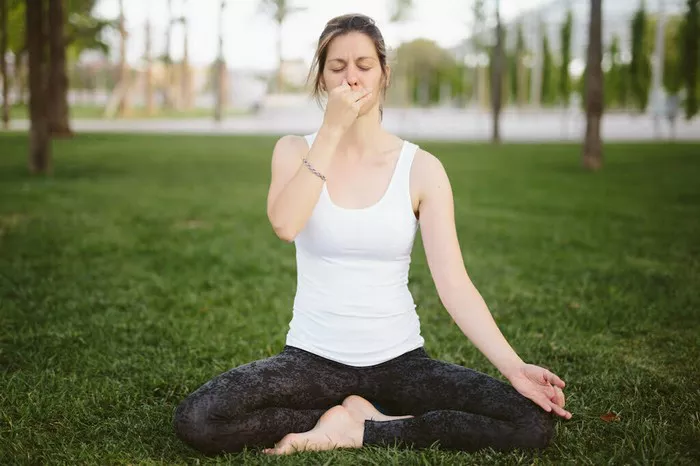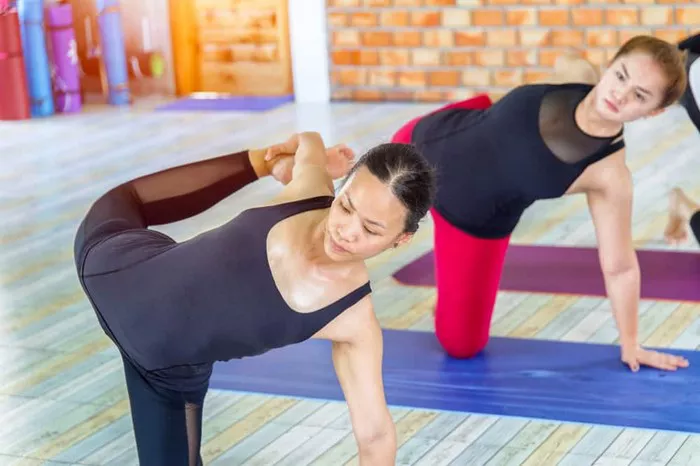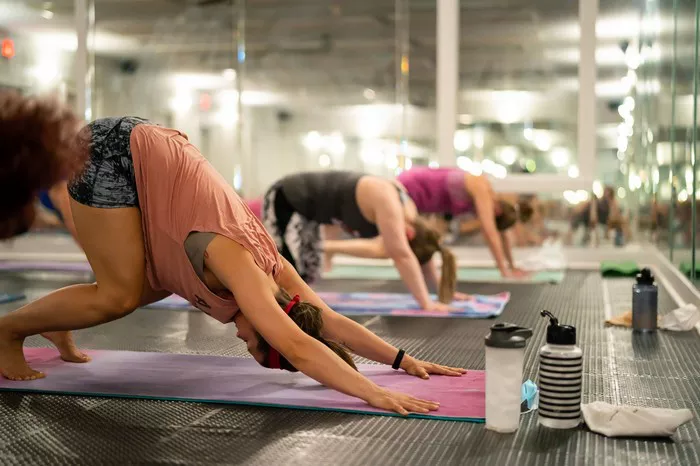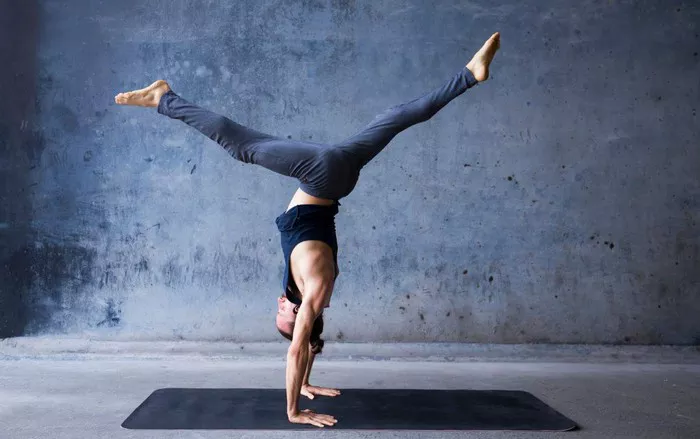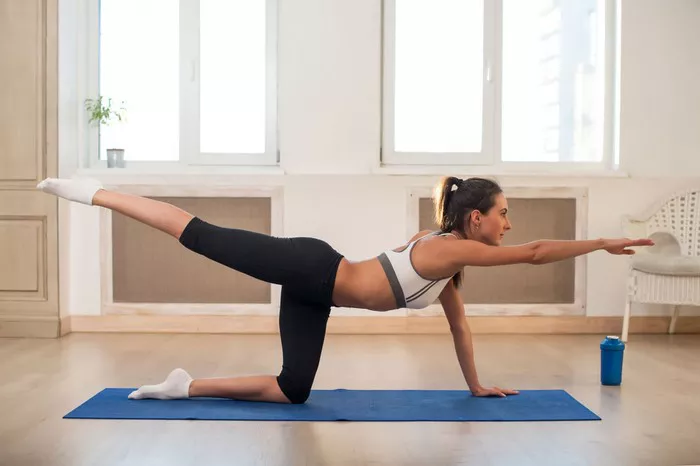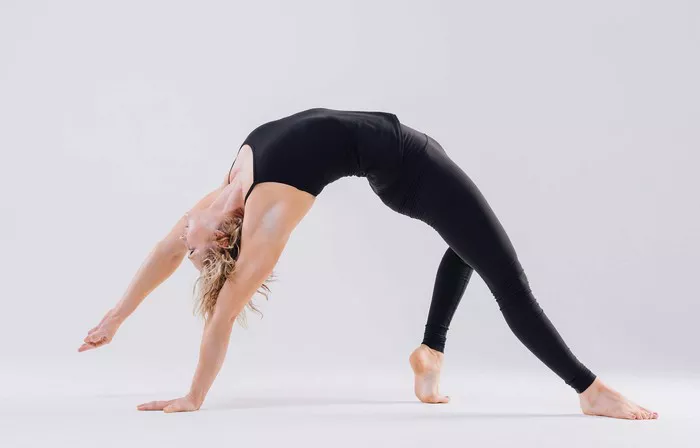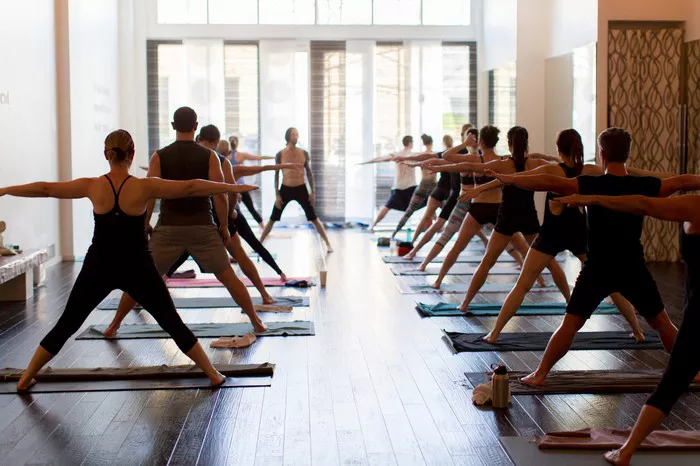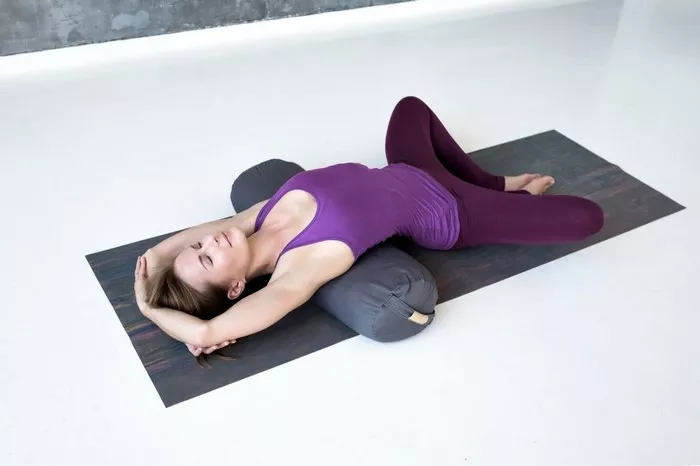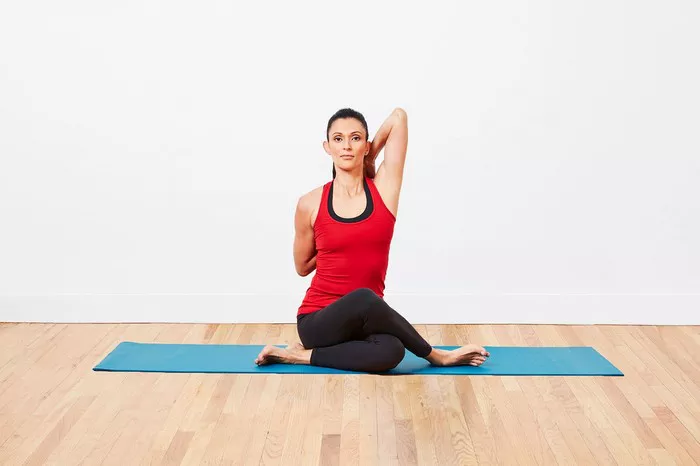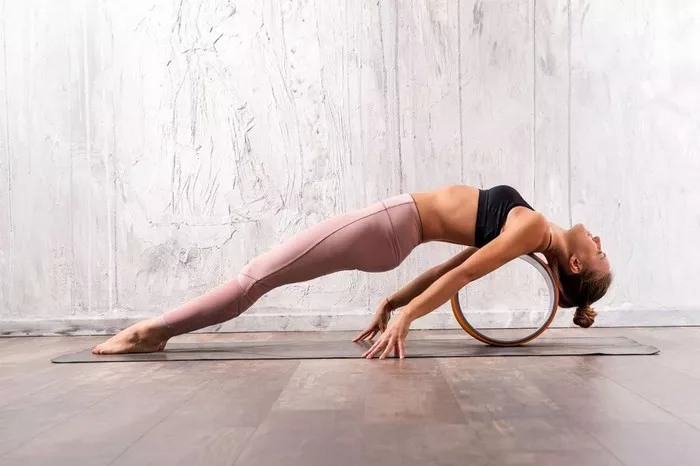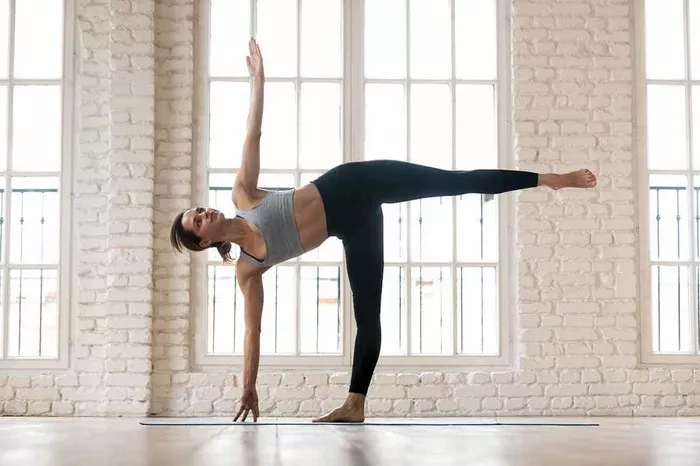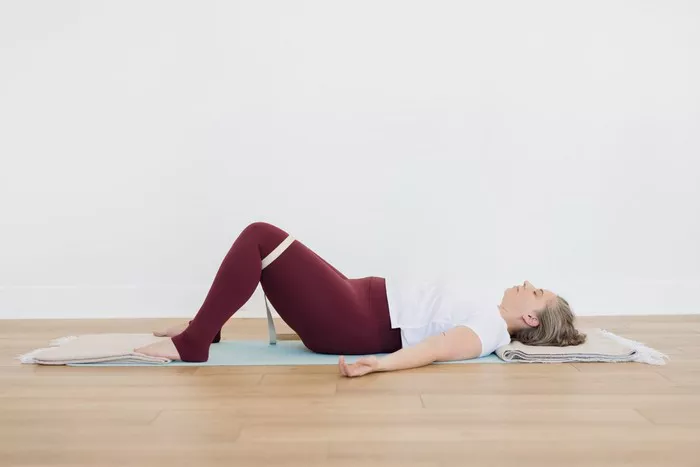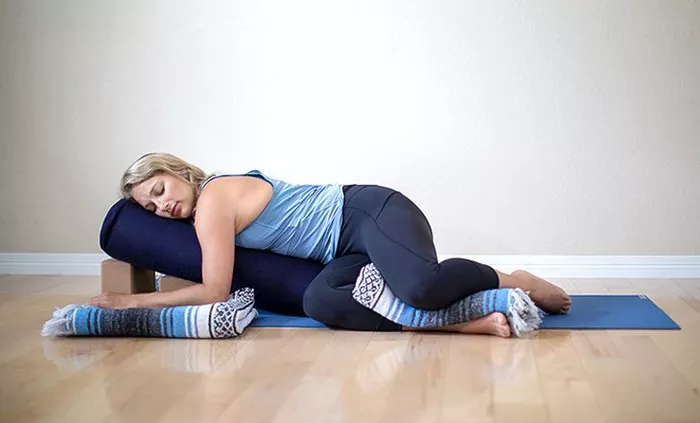Cobra pose, or Bhujangasana, is a fundamental yoga posture that is often introduced early in a beginner’s yoga journey. It strengthens the spine, opens the chest, and stretches the abdominal muscles. However, as simple as it may seem, many practitioners unknowingly perform it incorrectly, potentially leading to discomfort or injury. This guide outlines seven common mistakes beginners make in Cobra pose and provides practical tips for executing it safely and effectively. By understanding what to avoid, you can build a solid foundation for your yoga practice and enjoy the full benefits of this rejuvenating pose.
1. Overarching the Lower Back
One of the most common mistakes in Cobra pose is overarching the lower back. Many beginners mistakenly believe that the goal is to lift as high as possible, which can lead to compressing the lumbar spine.
When you overextend your lower back without proper engagement of the core and support from the upper body, you place undue stress on the vertebrae. This compression can cause discomfort or exacerbate existing back issues.
How to Avoid It:
- Focus on lifting through the chest rather than just the head.
- Engage your abdominal muscles to support the spine.
- Keep your elbows slightly bent and close to your body.
- Avoid pushing with your hands excessively; instead, think about lengthening the spine upward and forward.
Practicing this approach helps in creating a gentle and therapeutic backbend rather than a forced arch.
2. Locking the Elbows
Another mistake is locking or hyperextending the elbows. This often results from relying too much on arm strength and not enough on back and core engagement.
Locked elbows reduce the fluidity of the pose and may lead to strain in the joints. This stiffness can also interfere with proper alignment, reducing the effectiveness of the stretch.
How to Avoid It:
- Keep a micro-bend in your elbows.
- Distribute the lift evenly between the hands, arms, and back muscles.
- Think of your arms as gentle supports rather than the primary movers.
- Practice with lower lifts until strength and flexibility improve.
Maintaining soft elbows encourages better muscle engagement and alignment.
3. Lifting the Shoulders Toward the Ears
When you lift your shoulders toward your ears, you create tension in the neck and upper traps, which contradicts the intention of the pose: opening the chest and lengthening the spine.
This common habit often goes unnoticed but can significantly diminish the pose’s benefits, leading to tension headaches and upper back discomfort.
How to Avoid It:
- Draw the shoulders down and back, away from the ears.
- Imagine pinching a pencil between your shoulder blades.
- Keep the neck long and relaxed, with your gaze forward or slightly upward.
- Avoid excessive tension in the arms that might cause the shoulders to hike up.
Consistent awareness and correction of shoulder placement foster a more open and balanced posture.
4. Incorrect Hand Placement
Improper hand placement is another frequent error. If your hands are too far forward or too wide, it compromises alignment and limits the lift of your chest.
Misplaced hands also lead to overuse of arm muscles and reduce the engagement of the back muscles, defeating the purpose of the pose.
How to Avoid It:
- Place your hands directly under your shoulders.
- Keep your fingers spread wide to distribute weight evenly.
- Press evenly through the palms and base of each finger.
- Adjust your position if your chest is not lifting easily or your wrists feel strained.
Correct hand placement serves as a stable foundation for the entire pose.
5. Not Engaging the Legs
Many beginners overlook the importance of leg engagement in Cobra pose. Passive legs can lead to pressure in the lower back and an unstable base.
Engaged legs help support the spine and activate the entire back body. This action also helps distribute effort more evenly, making the pose more integrated.
How to Avoid It:
- Keep your legs together or hip-width apart, depending on comfort.
- Press the tops of your feet firmly into the mat.
- Squeeze the inner thighs lightly to activate the lower body.
- Avoid lifting the thighs off the floor, which turns it into a different pose.
Active legs contribute to a safer and more effective backbend.
6. Holding the Breath
It’s easy to forget to breathe when focusing on form, especially in poses that require strength and flexibility. Holding your breath limits oxygen flow and increases tension.
Breath is an essential component of any yoga pose, aiding in relaxation and enhancing the connection between body and mind.
How to Avoid It:
- Inhale as you lift into the pose, filling the lungs evenly.
- Exhale as you settle into the backbend, deepening the stretch.
- Maintain a steady, rhythmic breath throughout.
- If you find yourself holding your breath, come out of the pose and reset.
Conscious breathing transforms Cobra from a static shape into a dynamic, flowing experience.
7. Forcing the Pose
Forcing yourself into a deeper backbend than your body is ready for can lead to injury. Many beginners try to emulate advanced practitioners without considering their own flexibility and strength levels.
Pushing too hard can cause muscle strains, spinal compression, and discourage continued practice due to pain or discomfort.
How to Avoid It:
- Respect your body’s limits and avoid comparing yourself to others.
- Use props such as a folded blanket under the pelvis for support.
- Take a modified version of Cobra (Baby Cobra) if needed.
- Focus on gradual progress and consistent practice.
Patience and mindfulness are key to a sustainable and rewarding yoga practice.
Tips for Continued Growth
- Take regular breaks: Rest in Child’s Pose after backbends to reset the spine.
- Work with a qualified instructor: Personalized feedback can dramatically improve your form.
- Use mirrors or video: Visual feedback helps identify subtle misalignments.
- Stay consistent: Daily practice, even for a few minutes, yields long-term benefits.
- Journal your progress: Note how your body feels before and after the pose.
Conclusion
Cobra pose is a powerful asana that, when done correctly, offers numerous physical and mental benefits. However, beginners often fall into habits that hinder their progress or cause harm. By understanding and avoiding these seven common mistakes—overarching the lower back, locking the elbows, lifting the shoulders, incorrect hand placement, neglecting leg engagement, holding the breath, and forcing the pose—you can refine your practice and develop a healthier, more effective backbend.
Yoga is a journey, not a destination. Each pose is an opportunity to learn more about your body, breath, and mind. Through attentive practice and a willingness to grow, Cobra pose can become a gateway to deeper awareness and well-being. Remember, it’s not about how high you lift, but how aligned and mindful your movement is. Prioritize quality over quantity, and your yoga practice will thrive.
Related Topics:

